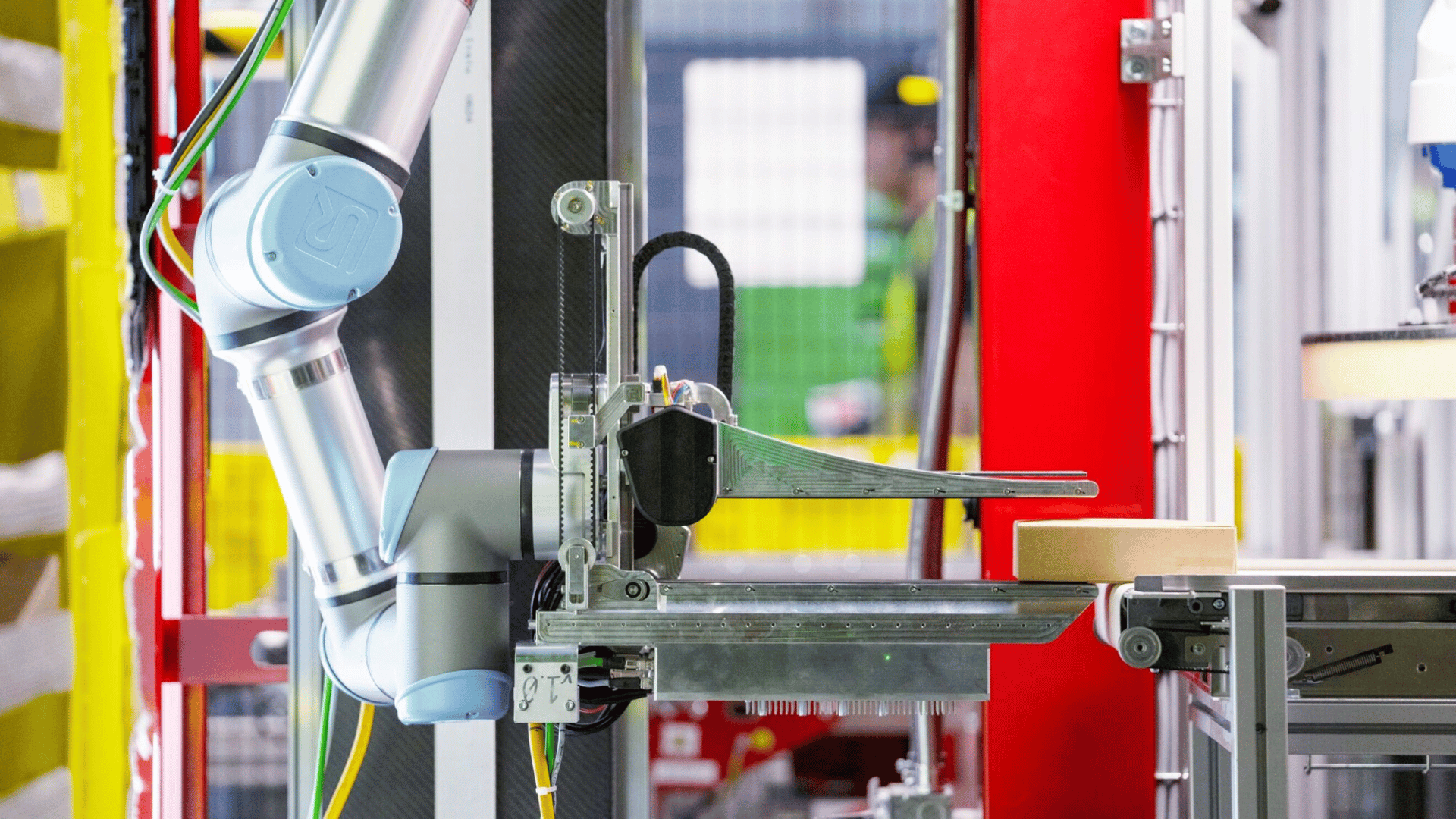If you were to watch the original Jurassic Park and then immediately follow it with Jurassic World, you’ll likely notice a few key differences. For starters, one has Jeff Goldblum while the other has Chris Pratt. The other is the difference between CGI dinosaurs and using practical effects.
CGI (short for computer-generated imagery) is ubiquitous in modern cinema, and indeed pop culture as a whole. Films like Avatar, Ready Player One, and the remake of Disney’s Beauty and the Beast pride themselves on their lifelike CGI. It’s a logical reaction: CGI started on very shaky ground and was difficult to work with. It’s for this exact reason that Toy Story was such a landmark for animation, by virtue of being the first completely computer-animated film. For movies with heavy special effects, CGI is a godsend.

The results can be quite lavish. Compare the Hulk in Thor: Ragnarok and in his standalone film from 2008. While the 2008 version is passable (by today’s standards), in Thor you can truly see Bruce Banner (played by Mark Ruffalo) in the green giant’s face. This is thanks to the improved technology and better motion-capture equipment that makes the current iteration of the Hulk the most lifelike and realistic he’s ever been (which is saying a lot, given he’s a giant mutated green man in purple shorts).
Superhero movies aren’t the only genre to benefit from CGI. Films rely on computer generated imagery to bring backgrounds not possible to recreate on a soundstage to life or to superimpose faces onto another person’s body. The pseudo-documentary I, Tonya used this technique to put Margot Robbie’s face on the body of the titular ice skater, and it was utilized in Rouge One: A Star Wars Story to recreate young Carrie Fisher’s face. The following video by gaming website Polygon covers other examples.
Before CGI, though, there were practical effects (using models or makeup to bring otherworldly creations to life) and there is the argument to be made for practical effects in the modern age. As mentioned earlier, Jurassic Park used practical effects to create the dinosaurs. Some believe that these animatronics and costumes are more believable and realistic than their CGI counterparts. While it does boil down to opinion, it’s not without a backbone. The dinosaurs, especially the T Rex, do hold up remarkably well.

CGI also has the tendency to age rapidly. Because the technology and programs behind it are constantly evolving, what held up in 2010 is dated in 2018. Computer generated imagery can also have more of an “uncanny valley” effect to it, a common complaint when trying to make characters as realistic as possible. It is a reason that computer animated films tend to have few detractors than live action movies with CGI elements.
But CGI is not going to be going away anytime soon. Epic Games unveiled “Siren” at the Game Developers Conference in San Francisco in March, a “digital human” rendered in real time using the Unreal engine. What would once take days to render can now be done on the fly using the technology and a live actor. Epic Games held a similar demonstration with actor Andy Serkis, most well-known for playing Gollum in the Lord of the Rings series. Again, the demo did suffer from the “uncanny valley” and were almost too photorealistic, but there’s still room for improvement.
Whether you love it or hate it, computer generated imagery is the biggest trend in Hollywood, and will be for quite some time. It’s worth remembering that CGI is only criticized when it’s done poorly or is incredibly obvious. When it’s perfectly blended and less reliant on being lifelike, it’s enjoyed and even praised. CGI doesn’t need to carve out its place in cinema, it already has. And that place is only going to grow from here.







